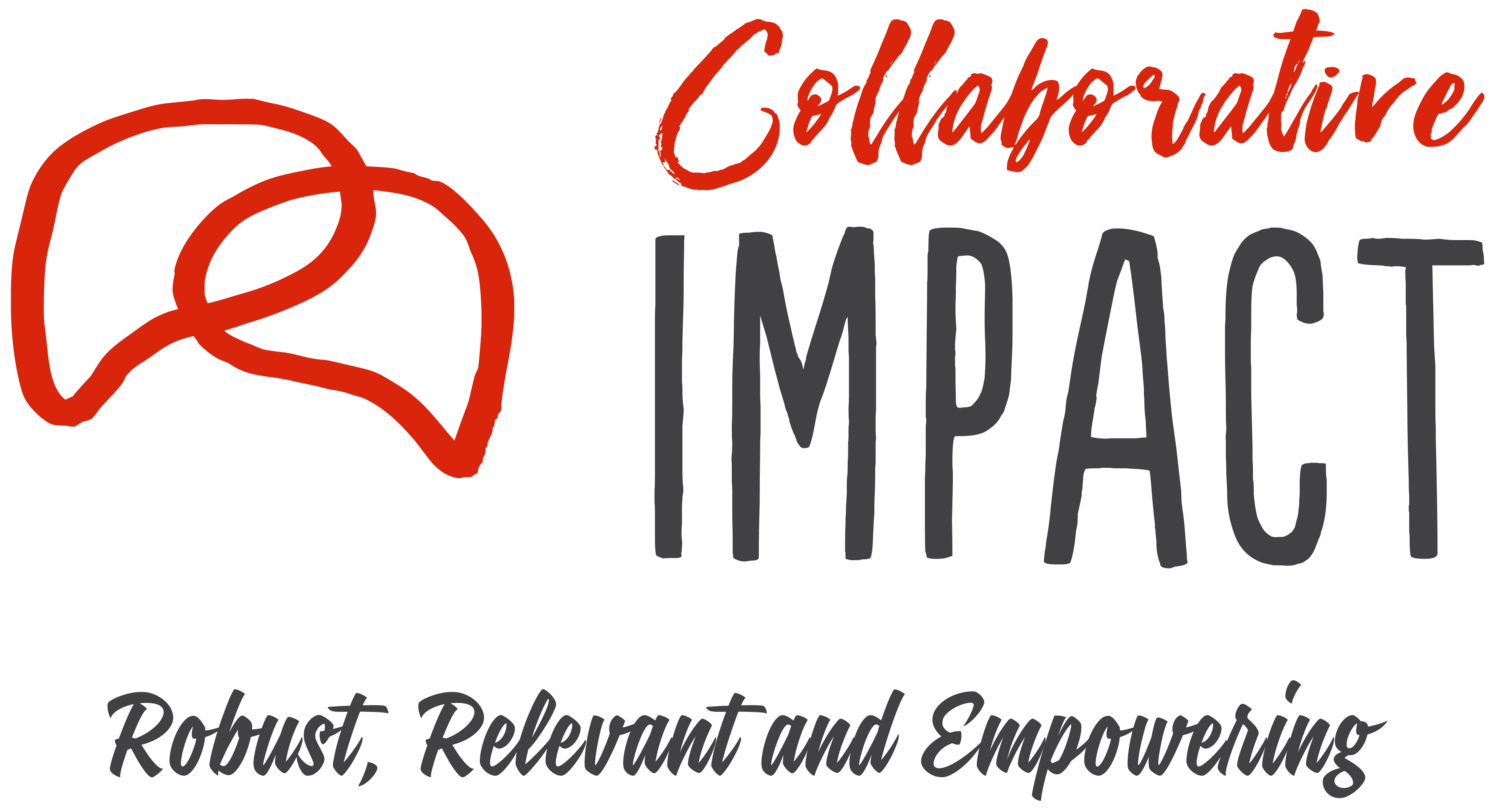Contribution Tracing
Contribution Tracing helps to assess our confidence in the emerging evidence for drawing valid conclusions about system change and impact in contexts where there are no (or insufficient) comparisons.
Contribution Tracing is a method we adopt in PIALA-based impact evaluation for assessing contributions to system change and impact, with a particular focus on the depth or ‘systemic-ness’ of change in very difficult to measure (typically complex systemic) contexts.
The method combines Process Tracing and Contribution Analysis to assemble the impact pathways through an exhaustive search and systematic cross-checking of all available evidence from different inquiry streams and perspectives across the system.
It essentially involves the systematic collation and cross-checking of the evidence alongside the Theory of System Change, and the progressive rating of contribution and strength of evidence (using rubrics or progress markers) for each step along the way to establish confidence in the valuation of contributions.
Depending on the level of rigour required in the valuation process, it can be a more or less time- and resource-intensive method for analysing contribution to system change. Where a high degree of rigour is required, a more dense evidence-gathering and cross-checking, and a more fine-grained contribution and evidence rating system will be needed (drawing on for instance rubrics and multiple independent rating rounds).
We understand a system as a collection of interconnected actors (animals, cells, humans, organisations…) that form a coherent whole and develop distinct patterns of behaviour and interactions following certain rules, values and beliefs. The system’s emergent structure co-evolves with the behaviours and interactions, and vice versa (i.e. “adaptation”).
This method is of great value for
Impact evaluation of innovative pilots of system change initiatives, of which there are only a few (cf. our work with Oxfam).
Independent review or assessment of contribution to impact and sustainability of an entire investment portfolio consisting of many different strands and mostly incomparable cases (cf. our work with IIED).
The method involves the following steps
Contribution Tracing takes similar steps as our Configurational Analysis method, but replaces most of its cross-case analysis (in Step 3) with a more in-depth and robust process tracing and contribution analysis process (in Step 2).





